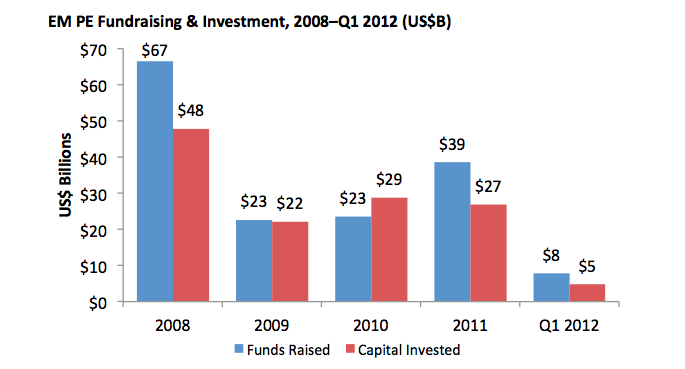Across Borders International Investing
Post on: 12 Май, 2015 No Comment

In this article
- Globalization offers new opportunities The benefits and risks on internation investing International, regional and country funds Domestic vs. foreign stock performance
Investing internationally has grown rapidly in recent years. The bias for investing only within our national borders is diminishing, as an increasing number of individual and institutional investors boost their international exposure to pursue their investment goals. Behind the trend toward international investing are the realizations that the global market offers greater opportunities for investment and that diversification abroad can help manage risk. Keep in mind that foreign investing is subject to certain risks, such as currency fluctuation and social and political changes.
The Projected data for the year 2030 are calculated using the rate of growth since 1970.
Sources: Morgan Stanley Capital international (1970); Standard & Poor’s (2012) , December 2012.
Globalization Offers New Opportunities
The above chart shows that the U.S. stock market capitalization is shrinking relative to the rest of the world.
In 2012, foreign markets represented 55% of the world’s investment opportunities. It is projected that by 2030 the U.S. stock market will represent just 38% of the world market.*
*Sources: Morgan Stanley Capital International (1970); Standard & Poor’s/Citigroup (2012). The market cap shares for 1970 are based on weights in the MSCI World Index. The 2012 market cap shares are based on weights in the S&P/Citigroup Global Broad Market Index. Index performance is not indicative of the performance of a particular investment, and past performance does not guarantee future results. Individuals cannot invest directly in any index.
Expanded Investing Arenas: Diversification And Higher Return Potential
The quest for diversification and potentially higher returns are driving forces behind the internationalization process. Because international markets do not always move in sync — some may zig while the others zag — diversification on a global scale may help offset the effect of a downturn in the U.S. market.
Investors in international securities may face additional risks, such as higher taxation, less liquidity, political problems, and currency fluctuations, that do not affect domestic investors. But despite these risks, the potential for higher returns and diversification may make these markets attractive to suitable investors.
As investors around the world become more sophisticated and aggressively explore investment opportunities, they find the global arena can offer comparable and sometimes higher returns than domestic stocks. Morgan Stanley Capital International’s Europe, Australasia, Far East (EAFE) Index, which tracks 21 major world markets, posted a 9.91% average annual rate of return for the 30 years ended December 31, 2012, compared with the 10.81% average annual return of Standard & Poor’s Composite Index of 500 Stocks (S&P 500).** Past performance does not guarantee future results.

**Sources: Morgan Stanley; Standard & Poor’s (the 30-year period ended 12/31/12).
This difference in returns is due in part to differences in economic and market environments in countries around the world. The Japanese market throughout the 1990s, for example, was depressed due to the country’s economic recession. Many Japanese stocks became undervalued, providing a buying opportunity. In 1999 the Japanese stock market bounced back, producing a gain of more than 60%.***
***Sources: Morgan Stanley; Standard & Poor’s. Based on total returns of MSCI EAFE & MSCI Japan Index in U.S. dollars.
Global Investing: International, Regional, And Country Funds
Many financial professionals recommend that suitable long-term investors allocate 20% to 25% of an equity portfolio to international stocks. One way you can include international exposure in your portfolio is to invest in stocks of U.S. companies that derive a large portion of their annual revenue from overseas markets.
You can also buy stocks of foreign companies through American Depositary Receipts (ADRs) — traded on the New York Stock Exchange — and through mutual funds that invest in foreign companies. ADRs are negotiable certificates that represent the shares of a publicly traded foreign company. ADRs are issued in the U.S. and their underlying shares are held in U.S. banks.
But familiarizing yourself with international markets (including the regulatory, political, and economic environments) is time consuming, and access to company information can be difficult to obtain. An easier way to invest internationally is to consider buying shares of broadly diversified international mutual funds. which invest exclusively overseas, or global funds, which may buy a mix of foreign and U.S. stocks. These types of funds offer instant diversification through an array of foreign market stocks.
For more experienced and more aggressive investors wishing to target stocks in particular regions or countries, regional or country funds are also available. These funds are designed to take advantage of specific opportunities in the world’s developed and emerging markets, but they do carry an increased risk of volatility.














